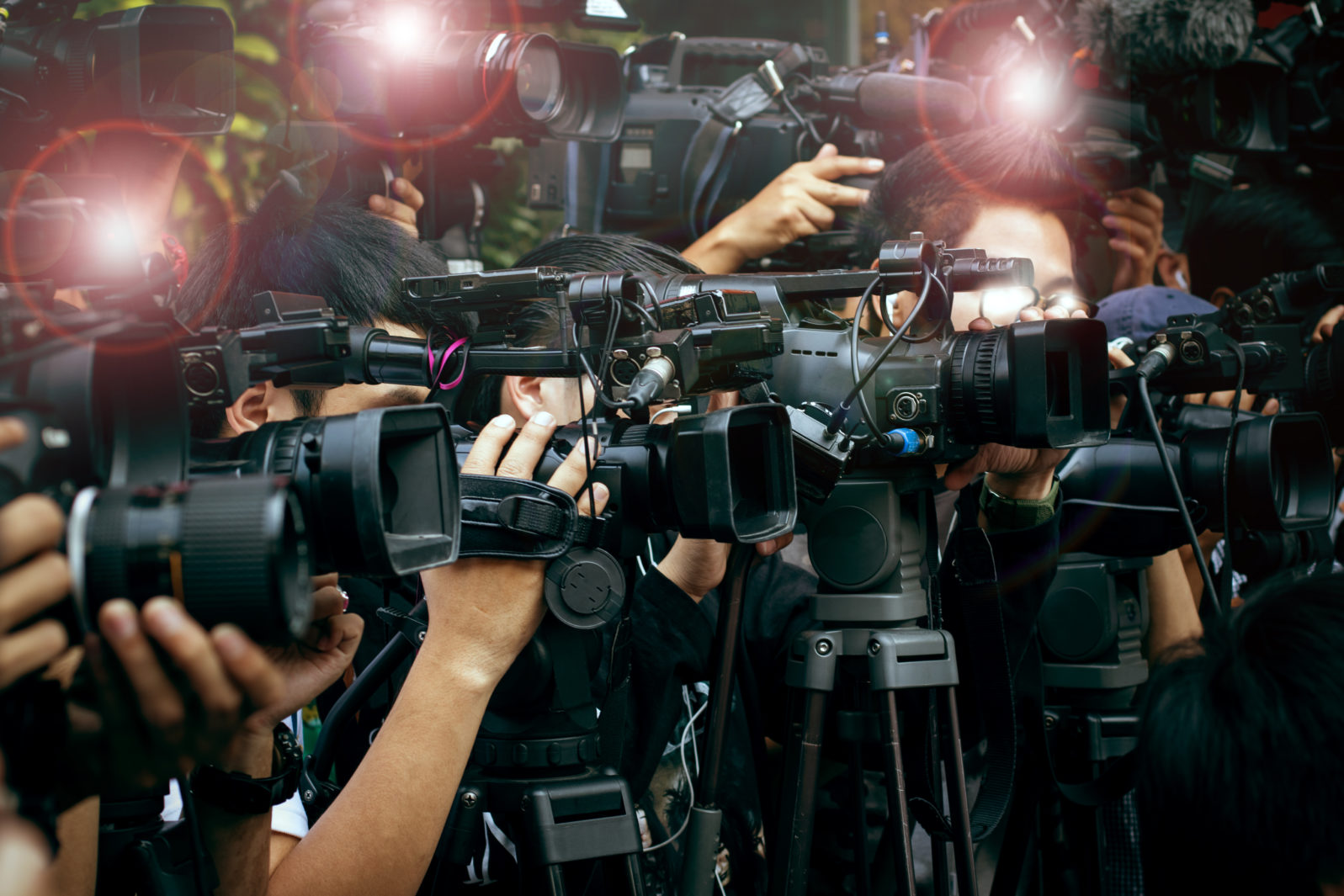Five Key Ways Media Have Changed in the Last 35 Years
Major media no longer really represent a vast number of average audience membersThe internet hit mainstream news media very hard and changed them irrevocably. That was partly because, in addition to being unprepared for the changes, they were often highly resistant to them. Decades ago, freelance writers like myself frequently had to deal with staff editors and writers who knew much less than we did about the internet facts of life. One outcome of the shift is that average readers need to consider even more thoughtfully what qualifies as news. Here are five big changes to note:
1.Traditional media (TV, radio, newspapers, and magazines) have vastly shrunken readerships. For example, the Washington Post is set to lose $100 million in 2023. That’s probably related to its losing half a million subscribers since 2020. Even billionaire owner Jeff Bezos does not have money like that. And it’s not an isolated case. Pew Research’s State of the News summaries show a persistent pattern of decline over the last few years across major media of all types. As noted at Forbes, weekday newspaper circulation (and ad revenue) has declined from 63.2 million to was 24.3 million since 1990.
There’s more news around than ever but that’s because of the vast increase in tiny media like blogs, substacks, and social media accounts. One outcome is that surviving big media have become more partisan, as they increasingly ally with sectional interests.

2.Today’s media do not see the value of presenting both sides. Please note: I don’t say it; they do. More than half don’t believe in equal coverage. Many even decry traditional “bothsidesism” as enabling oppression. For example, Prof. Anita Varma of the University of Texas at Austin’s Center for Media Engagement wrote at a journalism site that “Objectivity as an aspirational ideal ends up encouraging journalists to avoid addressing what matters.”
But how will a journalist get a good handle on what matters without at least trying for objectivity? Answer: It won’t matter.
Varma goes on: “Solidarity as an ideal encourages news organizations to decide what’s newsworthy based not on celebrity, novelty, or popularity, but based on the stakes of human dignity, suffering, and urgent needs for survival.” Hers is a program for a political party’s news organ, not for a public medium. The party, after all, decides according to its ideology what constitutes suffering and what constitutes mere celebrity.
Today it may be a matter of honor on the part of mainstream publications to present only one side of a controversy. That greatly affects what we can learn from a medium.
3.Traditional media are more sympathetic to censorship than in the past.
At one time, a liberal journalist might point out that “Hate speech is just speech someone with influence hates and disinformation is, generally, the information that the government does not want you to know. We media reporters are just here to tell you what is going on, as best we can.”
All changed now. Generally, news media have gone along with demands for censorship in recent years. They don’t call it that, of course. Rather, their brows furrow over “hate speech” and “disinformation.” But because major media no longer represent a broad public, the different silos they do represent reward them only for telling the news that suits the silo.
There’s another factor too. Urban studies specialist Joel Kotkin notes, for example, at Spiked Online, “There has been a drastic change in the composition of the journalistic profession. Working-class reporters, many with ties to local communities, have been replaced by a more cosmopolitan and uniformly ‘progressive’ breed with college degrees.” Because these new journalists come from an upper crust, they are much more likely to sympathize with elite power brokers than their working-class predecessors did. It is probably much easier to persuade them that the working class would make a bad use of a broader range of information anyhow.
All of these changes work together. One outcome is a massive loss of public trust.
4.Media no longer represent a broad public so the public trusts them much less.
Trust in media was reported to be in free fall in 2022 and this year, Gallup and the Knight Foundation found that “half of Americans now believe that news organizations deliberately mislead them.” (Fortune, February 15, 2023)

That needn’t be a conspiracy theory at this point. The media organizations are struggling for survival and must get money where they can. In some countries, Canada for example, the government now funds major media and it is reasonable to see them as mouthpieces for the government. It’s not that they lie, or not particularly anyway. But they are certainly not an independent voice for the public. But then, the public now has many electronic media available to tell our own stories — and that is increasingly what we are doing. That leaves much less time for the legacy media’s stories.
5.Major media have largely lost their traditional significance. People who say that major media were never anything but propaganda have probably never known or else forgotten life before the internet — which some of us remember. At one time, we needed major media for basic information for day-to-day living. There was a lot of propaganda thrown in, certainly. But that basic stuff — weather, prices, scores — is all on line now. For other types of news, private newsgathering from multiple sources is probably a better option today.
There’s no going back. So here are two tips: Make a point of listening to opposition sources. They’ll tell us some useful things that the home team’s PR won’t. Also, have several search engines. Don’t ever have only one engine, like Google’s, pointing you to information. Apart from that, we will all need to defend our right to freedom of information when so many sources want to protect us from disinformation, allegedly for our own good.
You may also wish to read:
In Big Tech World: the journalist as censor, hit man, and snitch. Glenn Greenwald looks at a disturbing trend in media toward misrepresentation as well as censorship.
and
Polls: Trust in mainstream U.S. media still in free fall. Both the New York Times poll and Gallup poll illustrated that this week. The media don’t seem to want to discuss it, perhaps because an honest discussion would include acknowledging a fundamental change in their purpose.
